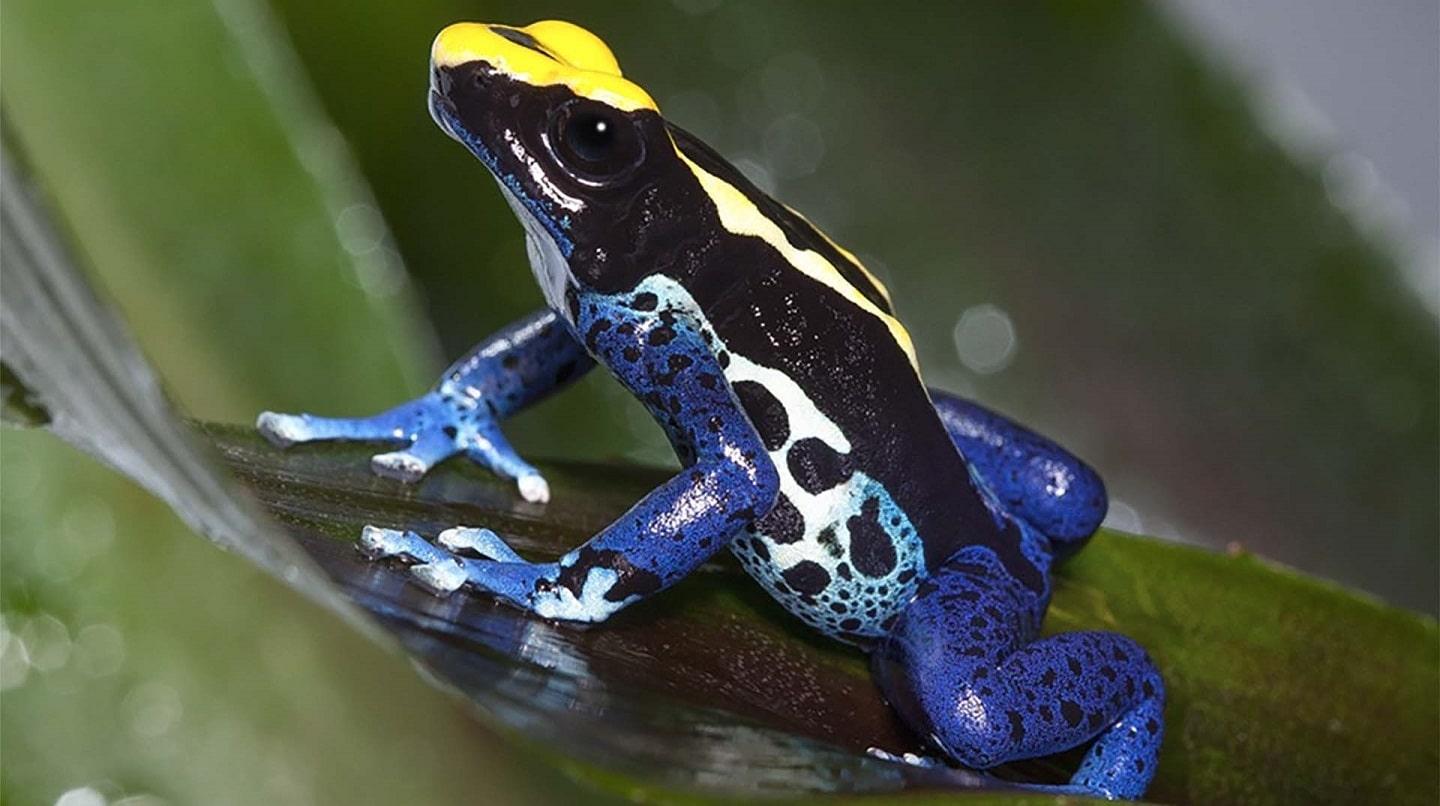Frogs aren’t meant to be able to store a mental map in their brains. 20 years ago, Lainy Day from the University of Mississippi, USA, tested the place memory of amphibians and lizards, but none appeared capable of forming complex spatial memories. Frogs’ brains were just too simple to carry a map it seemed. However, Sabrina Burmeister from the University of North Carolina recalls remarking at the time that Day should test the memories of poison frogs.After locating tiny pools of water up in the forest canopy, poison frog parents recall the location and return to deliver their freshly hatched tadpoles to develop safely in their new abodes. So, when East Carolina University ecologist Kyle Summers recently sent some green-and-black poison dart frogs (Dendrobates auratus) to Burmeister, she and graduate student Yuxiang Liu decided to investigate the remarkable amphibian’s spatial awareness. They publish their discovery that the brain of the poison dart frog is sophisticated enough to form a mental map of its surroundings in Journal of Experimental Biology.
Most researchers test the spatial awareness of rodents using a platform submerged in a pool of water – known as a Morris water maze – surrounded by objects that the animal can use for orientation as they swim in search of the platform.
[rand_post]
‘We knew that the frogs hate to swim – they are terrestrial after all’, says Burmeister, so she reasoned the frogs would be eager to locate the platform so they could hop out.Liu immersed a large platform 2 cm beneath the water’s surface – deep enough for the frogs to hop around on while still submerged – and then located a second shallow platform (0.8 cm beneath the surface) on top in the southeast quadrant, which the frogs could clamber onto. He then encouraged the frogs that had successfully located the smaller platform to clamber out by slightly warming the water.He also included some moving objects to attract the frogs’ attention, decorating the walls of the pond with a red flashing light, an artificial yellow flower, a gently spinning blue fan and green artificial leaves, each located at one of the four points of the compass, to orient the amphibians.
Over a two week period, Liu repeatedly released the frogs at various locations on the large platform and allowed them to explore until they reliably located the shallow platform; ‘they seem quick to learn’, says Burmeister. Then Liu played a trick on the unsuspecting amphibians; he switched the locations of the landmarks – effectively rotating their positions by 180 deg – removed the shallow platform and asked the frogs where they thought the platform should be.Filming the animals as they hopped about, Burmeister and Liu were delighted to see that instead of heading to the southeast quadrant, where the platform was located originally, the frogs were misled by the new positions of the landmarks, spending most of their time scouring the northwest quadrant.
The frogs were definitely using a mental map of the platform’s location relative to the landmarks on the side of the pool and Day adds, ‘Our results show that the ability to use a cognitive map can evolve even in frog brains’.
